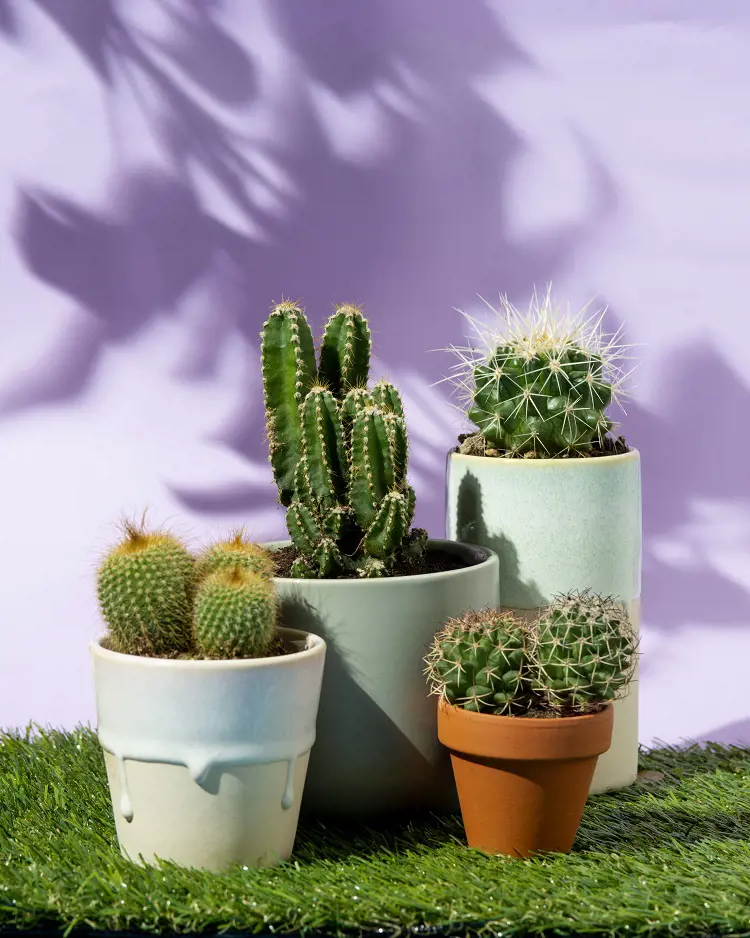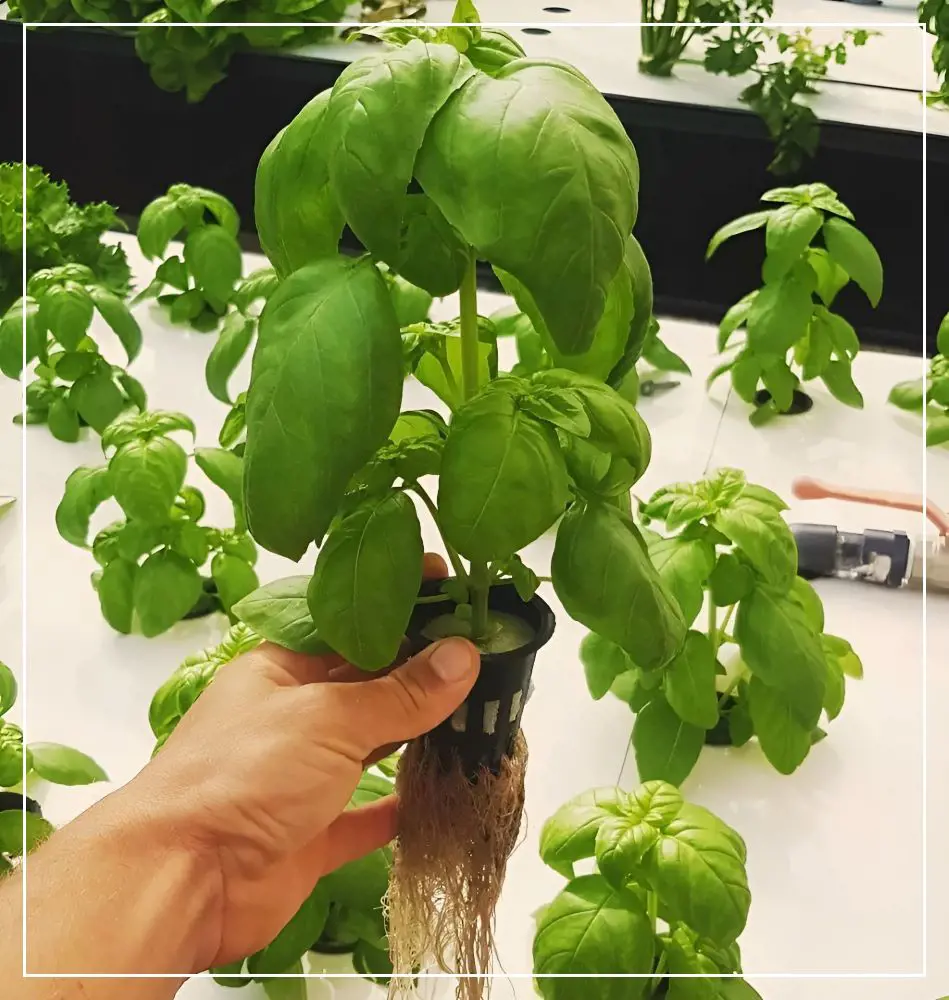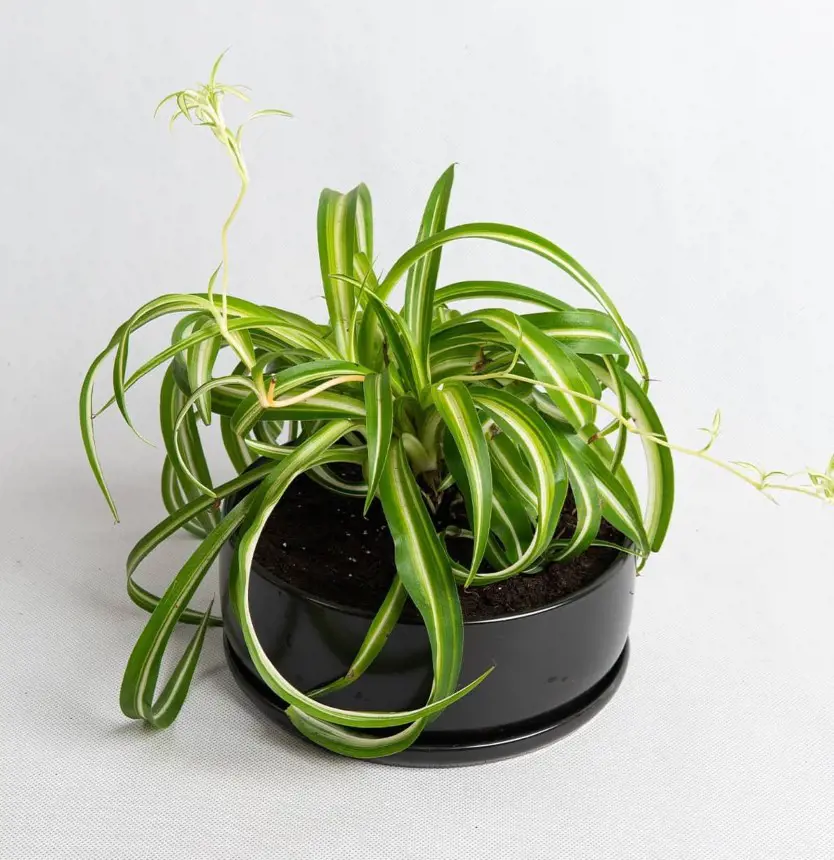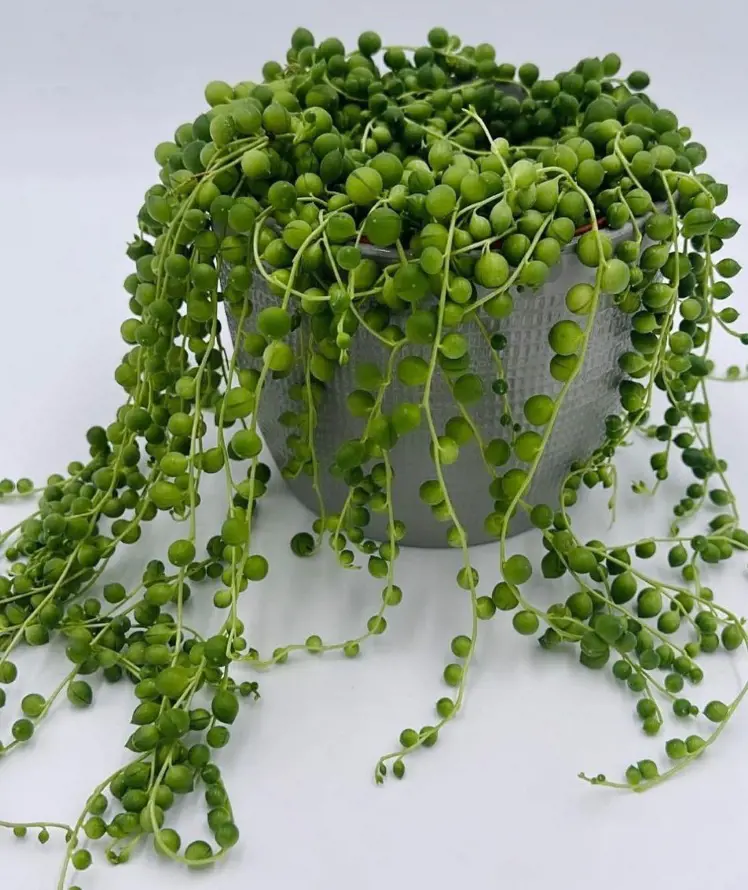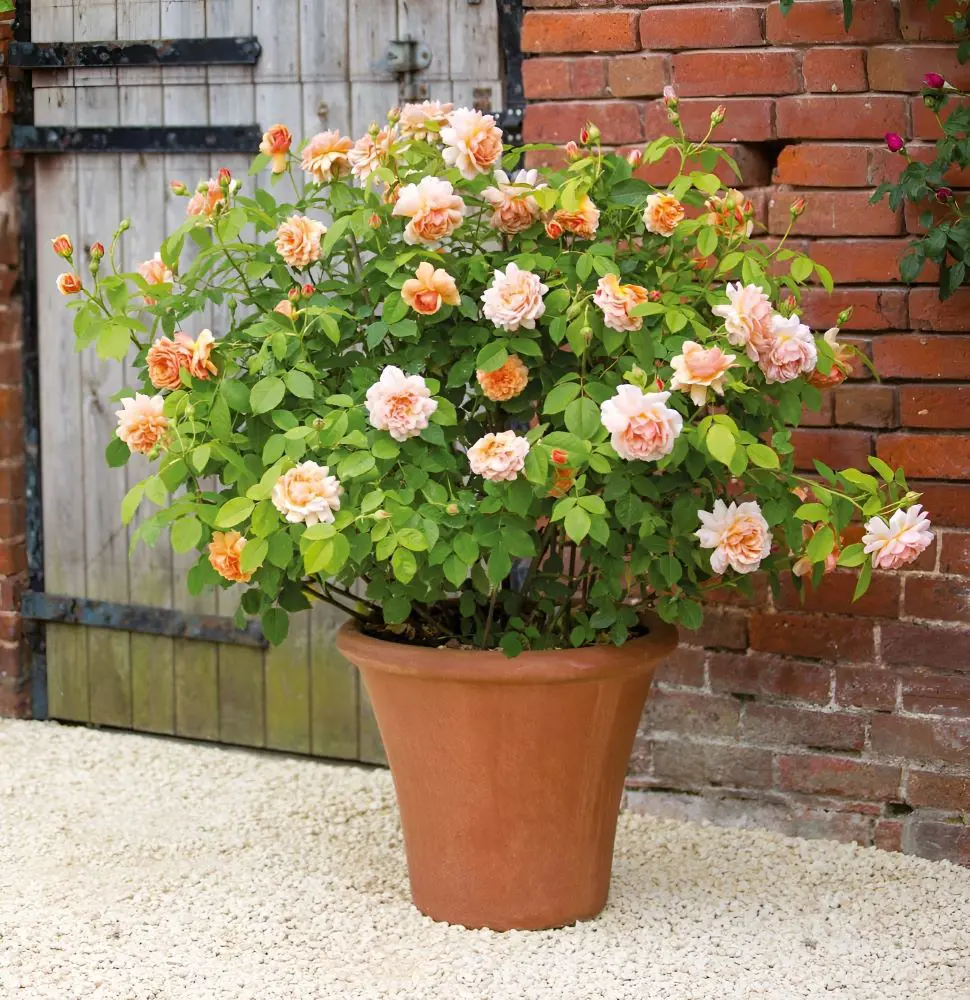How To Propagate ZZ Plants

This post may contain affiliate links. If you make a purchase through links on our site, we may earn a commission.
The ZZ plant, scientifically known as Zamioculcas Zamiifolia, is a tropical herbaceous perennial plant native to eastern Africa. It is recognized for its glossy, dark green, and attractive foliage, making it a popular choice as a houseplant for its resilience and easy care.
This plant has air-purifying qualities, tolerates neglect, is drought-tolerant, and can thrive even in low-light conditions. Propagating these plants is an excellent method to increase your plant collection on the indoor shelf.
How To propagate ZZ Plants?
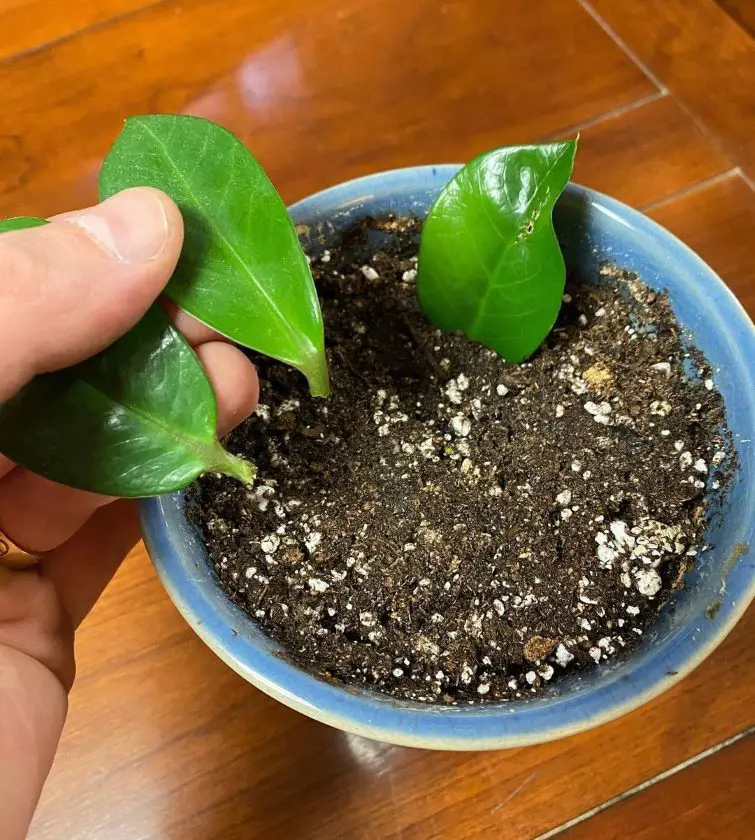
This plant can be propagated in two ways: soil propagation and water propagation. In soil propagation, you can use rhizome division or leaf cuttings.
For rhizome division, the plant should be removed from the pot, and the rhizomes should be separated and then replanted. Alternatively, for leaf cuttings, the healthy stem of the leaf should be planted in moist soil and kept in bright, indirect sunlight.
Water propagation involves dipping the plant's stem in water and later replanting it in a pot. Leaf cuttings can also be propagated in water by placing them in a narrow glass filled with enough water to cover the cut ends and keeping them under bright, indirect light. It's important to change the water once a week.
Propagating ZZ Plant In Soil Through Rhizome Division

Preparation
Firstly, choose a mature ZZ plant that is at least 2 to 3 years old and well-established. Gather clean, sharp tools such as pruners and a potting knife. Then, prepare a well-draining potting mix for planting the plant. Alternatively, you may opt for a cacti or succulent soil mix from the market, as it is ideal.
Unpotting
Gently remove the ZZ plant from its container by loosening the soil around the base. And carefully tip the pot upside down, sliding the plant out.
Dividing Rhizomes
After unpotting, inspect the root system. You will find thick, fleshy underground structures known as rhizomes. Using your hands or a potting knife, gently separate sections of the rhizome, ensuring that each section has at least one or two growth points (eyes). Be careful to avoid damaging the roots as much as possible.

Repotting
Choose pots that are slightly larger than the individual rhizome sections. Fill each pot with the potting mix, creating a shallow depression in the center of each one. Place each rhizome section in its designated pot, ensuring that the growth points are facing upwards and are slightly covered with soil. Finally, water the pots thoroughly until water drains from the bottom holes.
Care
After completing the repotting process, place your newly potted ZZs in bright, indirect light. Then, water sparingly, allowing the top inch of soil to dry completely between waterings. New shoots will emerge within a few weeks to months.
Propagating ZZ Plant In Soil Through Leaf Cuttings

Selecting Leaves
When propagating through leaves, select healthy and mature leaves from the lower portion of the plant. Use sharp pruners to cut them off close to the base, ideally including a small section of the stem, approximately 1 to 2 inches in length.
Preparing Cuttings
Let the cuttings dry for a couple of hours on a paper towel to promote the formation of a callous on the cut ends. This helps prevent rot. Optionally, you can also dip the cut ends in rooting hormone to encourage faster root development.
Planting
Fill a small pot with a well-draining potting mix, preferably one designed for propagating succulents or cacti. Create shallow holes in the soil and insert the leaf cuttings, burying the stem portion or at least half of the leaf base. Water lightly, ensuring good drainage.
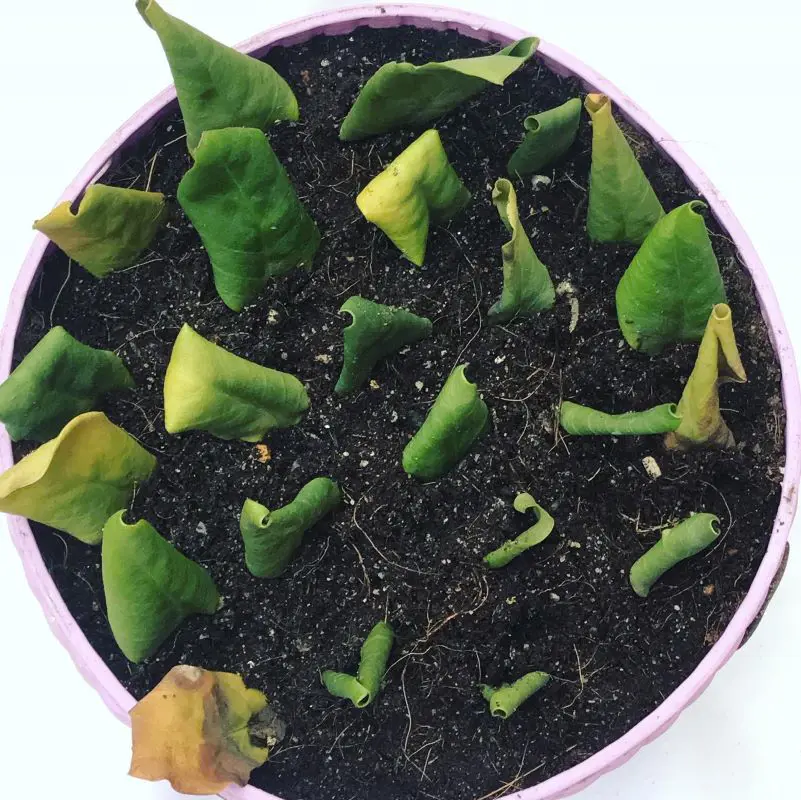
Care
After all these procedures, place the potted cuttings in bright, indirect light. Keep the soil barely moist, allowing it to dry almost completely between waterings. Avoid overwatering, as it can lead to rot. New shoots should sprout from the base of the leaf within a few months.
Extra Tips For Successful Planting
- Use sterilized tools when making cuttings to prevent infections.
- Work in a warm and humid environment.
- Be patient, as ZZ plant propagation can take several weeks or even months.
- Don't fertilize the newly propagated plants until they have established healthy roots and new growth.
Propagating ZZ Plants In Water

Propagating ZZ plants in water is as simple a process as in soil that anyone can do. Here is a step-by-step guide.
Materials Needed
- You will need a sharp knife or pair of pruning shears.
- A clean glass or container.
- Room-temperature water.
- Optional: Rooting hormone (as it is not essential, but using this hormone can encourage faster root growth).
Choose a Stem and Make the Cutting
Select a healthy stem from the base of your ZZ plant that is at least 3 to 4 inches long and has two or three leaves. Use your pruning shears to make a clean cut at the base of the stem, being careful to avoid crushing or tearing it.

Callus the Cutting
Let the cut end of the stem air dry for a few hours or overnight. This allows a callus to form, which will help prevent rot and encourage root growth.
Prepare Your Container
Fill your container with enough room-temperature water to submerge the bottom inch or two of the stem cutting. You can add a few drops of rooting hormone to the water, though it's not essential. Afterward, gently place the stem cutting in the water, making sure the cut end is submerged but the leaves are not.
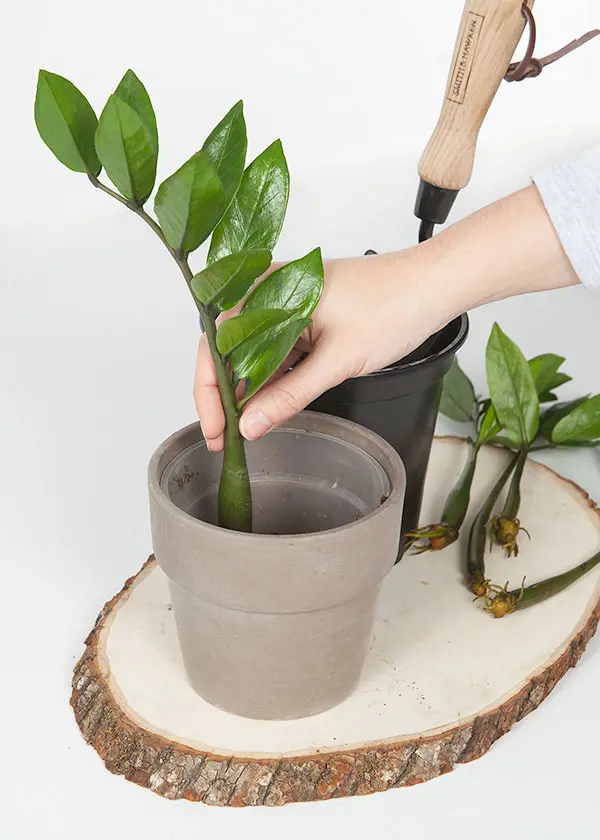
Find a Bright Spot
Place the container in a location with bright, indirect sunlight. But avoid direct sunlight, which can scorch the leaves.
Change Water Regularly
Change the water in the container every week or two to keep it fresh and prevent the growth of bacteria. It may take several weeks for roots to start growing. Once the roots are about an inch long, you can transplant the cutting into a pot with a well-draining potting mix.

Additional Tips For Successful Planting
- Use warm water, as this will encourage root growth.
- Use a clean container to avoid introducing bacteria that could harm your cutting.
- Don't let the water level drop below the cut end of the stem.
- If you notice any leaves wilting or turning yellow, remove them from the cutting.
- Be gentle with your cutting and avoid handling it too much.
When To Propagate ZZ Plant?
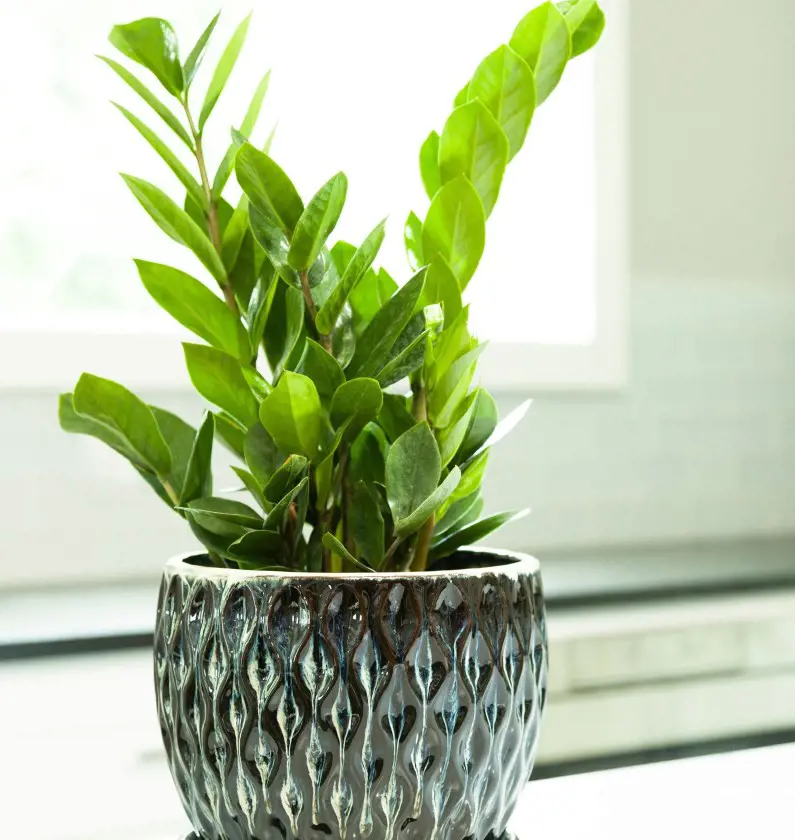
The best time of year to propagate ZZ plants is during the spring or summer when they are most actively growing. These seasons provide warmer weather, which benefits the plant and aids in faster recovery, thereby increasing the chances of successful propagation. Furthermore, if you are thinking of repotting, do it in the spring.
Recent posts
How To Propagate
How To Propagate
How To Propagate Cactus In 9 Ways
Propagation involves creating new plants from existing ones. In nature, this often happens through seed formation after flowers are pollinated. However, due to the shrinking natural habitats of cactus, it’s essential to propagate and care for t...
How To Propagate
Basil Propagation Methods: Flowers, Seeds or Cuttings
In the realm of culinary delights and garden magic, basil stands as a beloved herb, prized for its aromatic leaves and versatility in the kitchen. Yet, unlocking the secrets of basil propagation opens up a whole new realm of possibilities. From the d...
How To Propagate
How To Propagate Monstera Deliciosa
Monstera plants are popular indoor plants, making homes and offices cheerful and stylish. They're not just easy to grow but also thrive in any indoor setting. But if you're wondering how to make more Monstera plants, it might seem tricky. Start...
How To Propagate
How To Propagate Spider Plant
The Spider Plant is a resilient indoor plant appreciated for its arching leaves and spider-like offshoots. It's an ideal choice for plant enthusiasts due to its easy care. Propagating these plants is also simple and can be done in various ways, such ...
How To Propagate
How To Propagate String Of Pearls
Propagating String of Pearls is a fascinating and fulfilling process that allows you to create new plants from an existing one. This plant is a cute succulent from South Africa, known scientifically as Senecio Rowleyanus. It has long, hanging stems w...
How To Propagate
How To Propagate Roses In 12 Steps
Propagating roses might sound fancy, but it's a way to grow new rose plants from existing ones. It's like making baby roses. If you have a beautiful rose bush and want more just like it, you can do this through a process called propagation. Here's a ...
